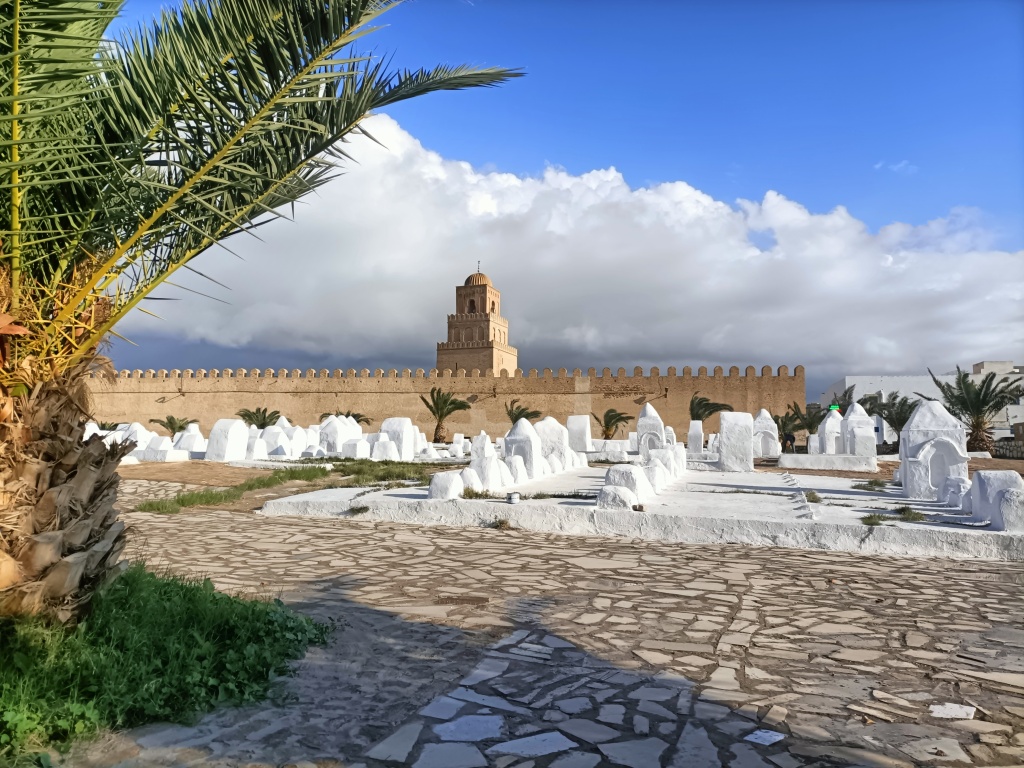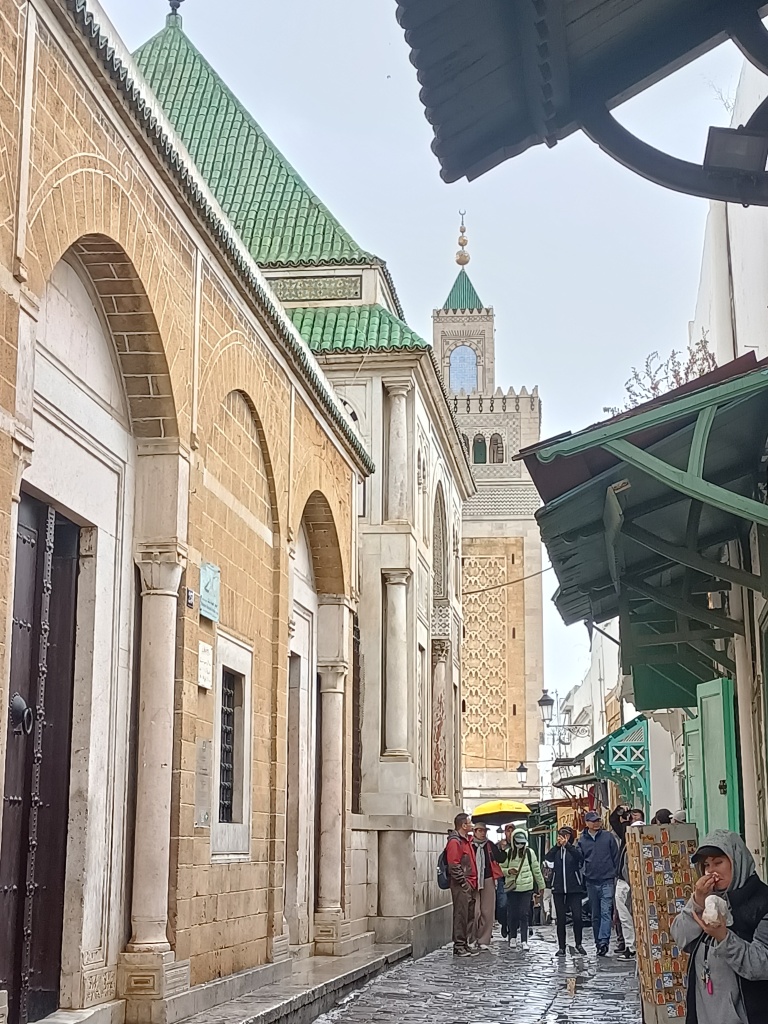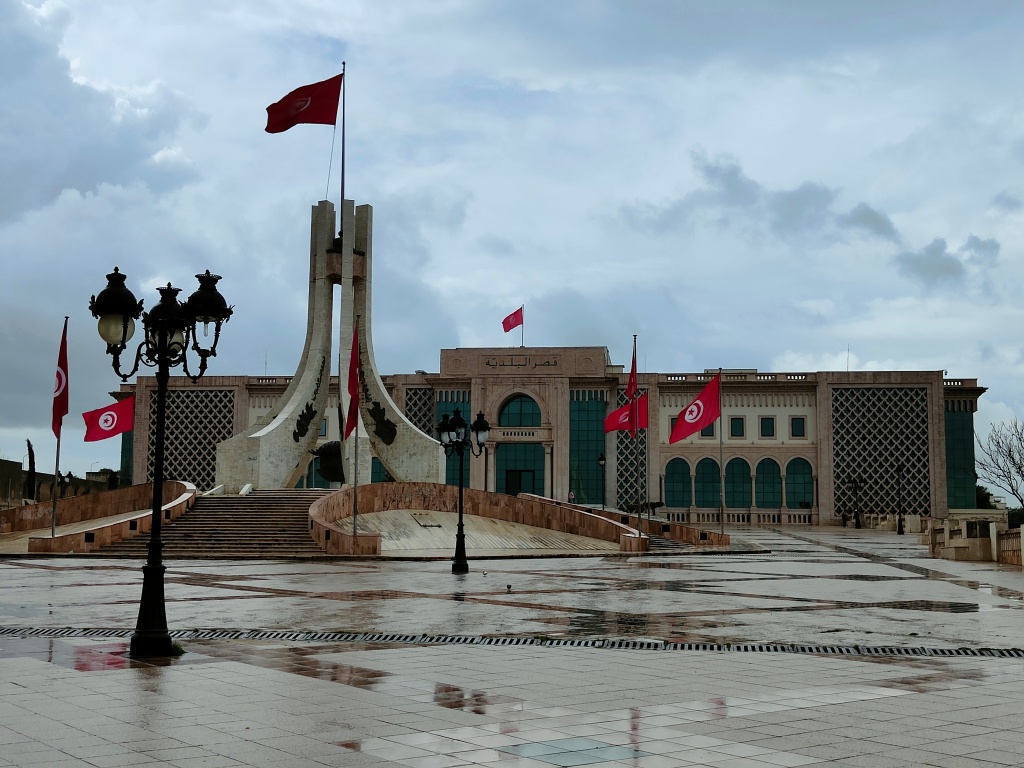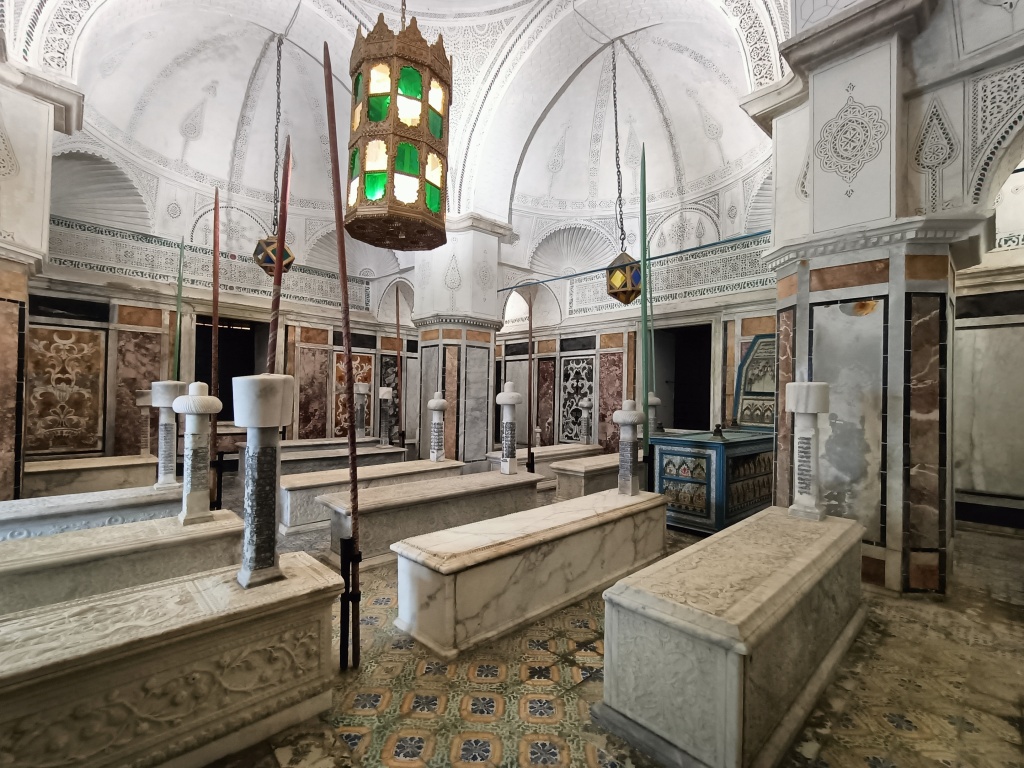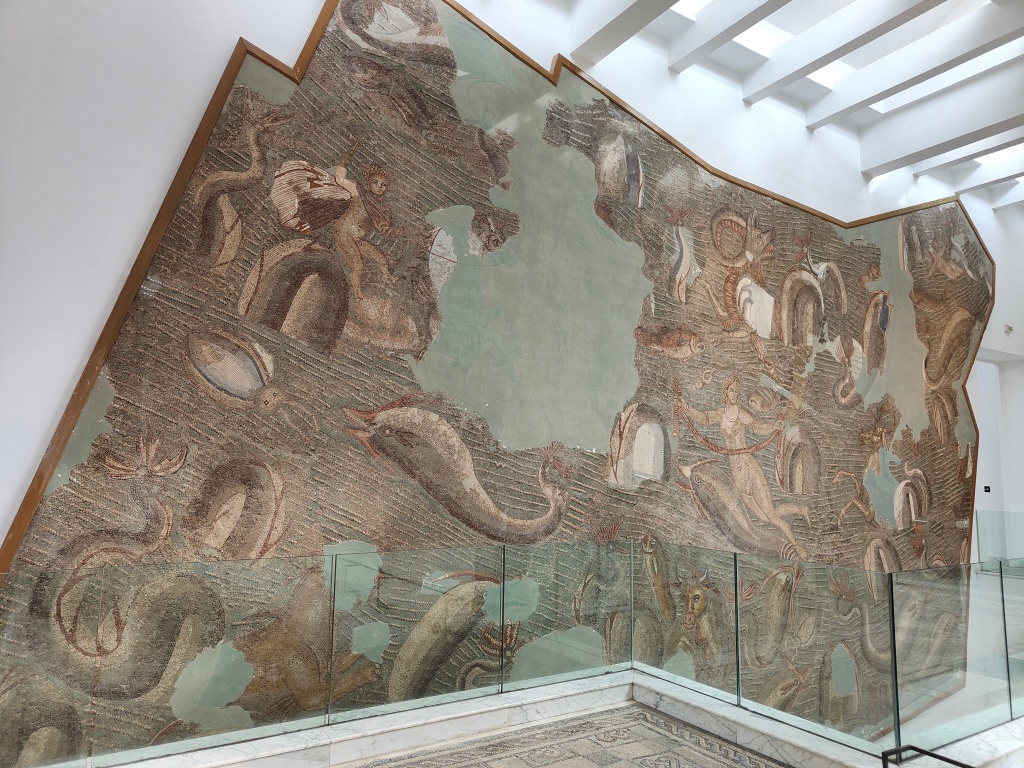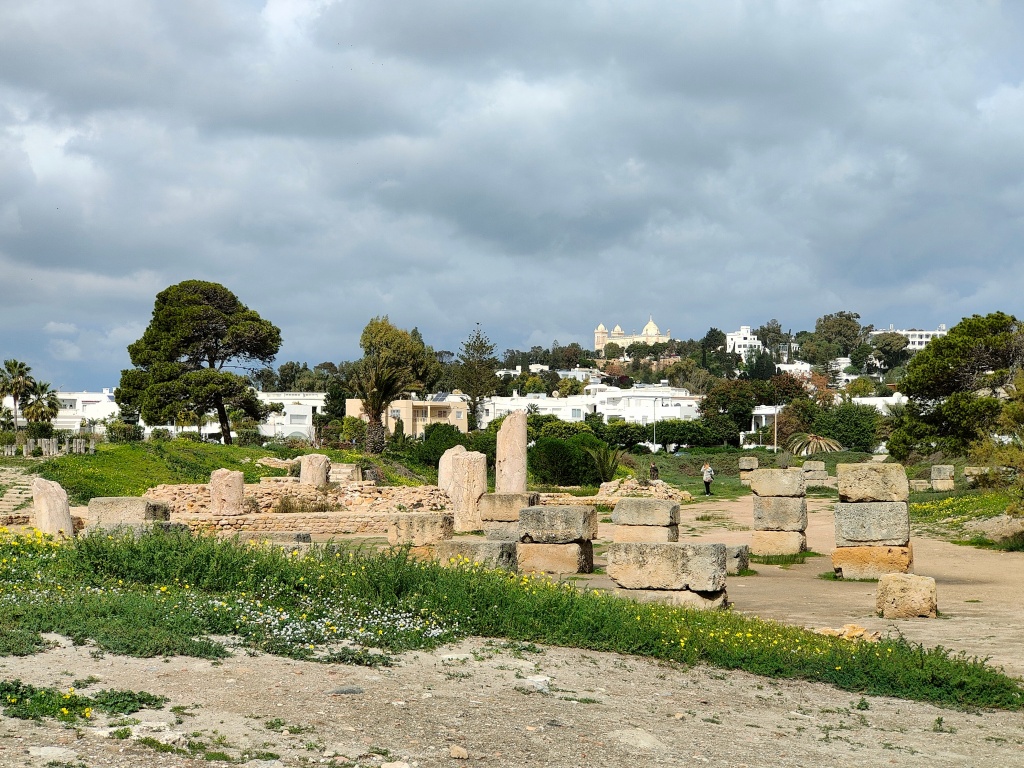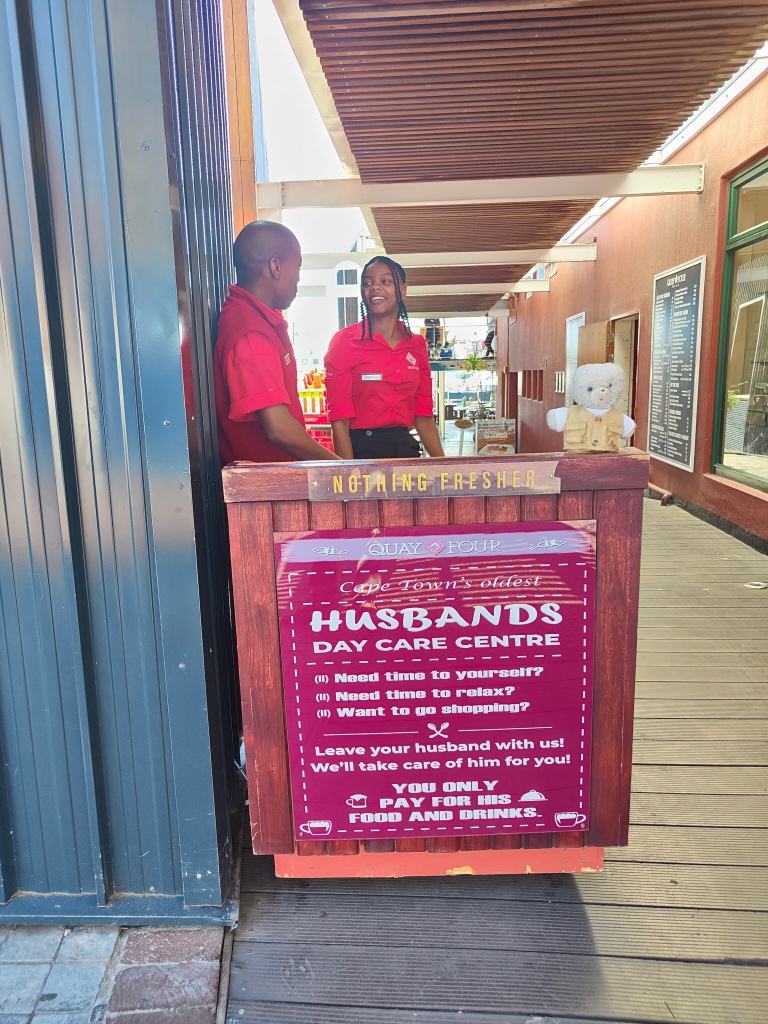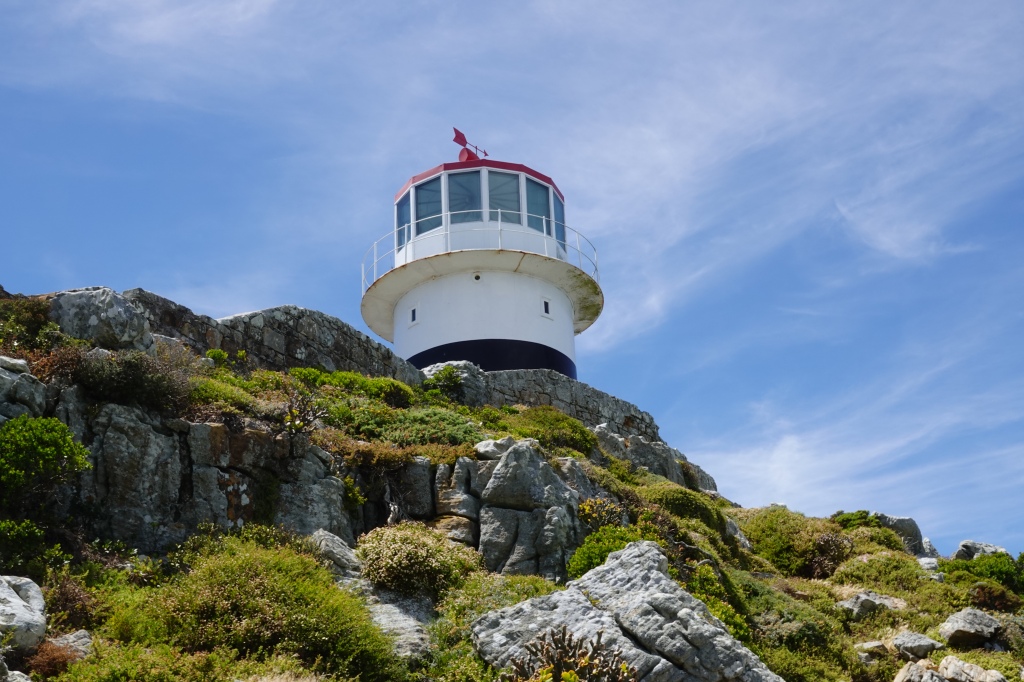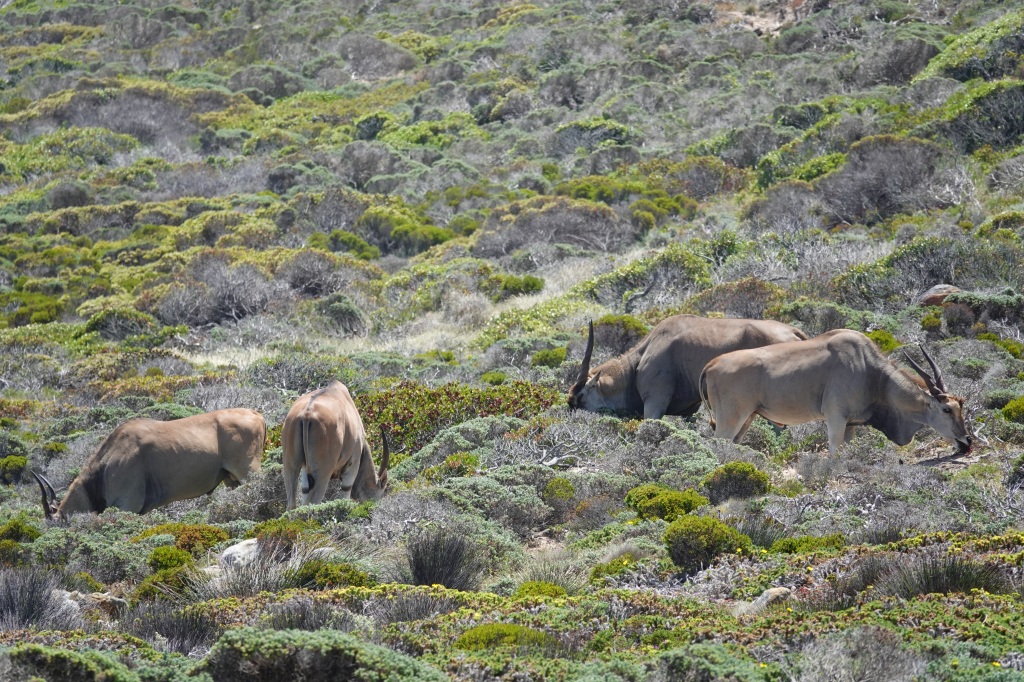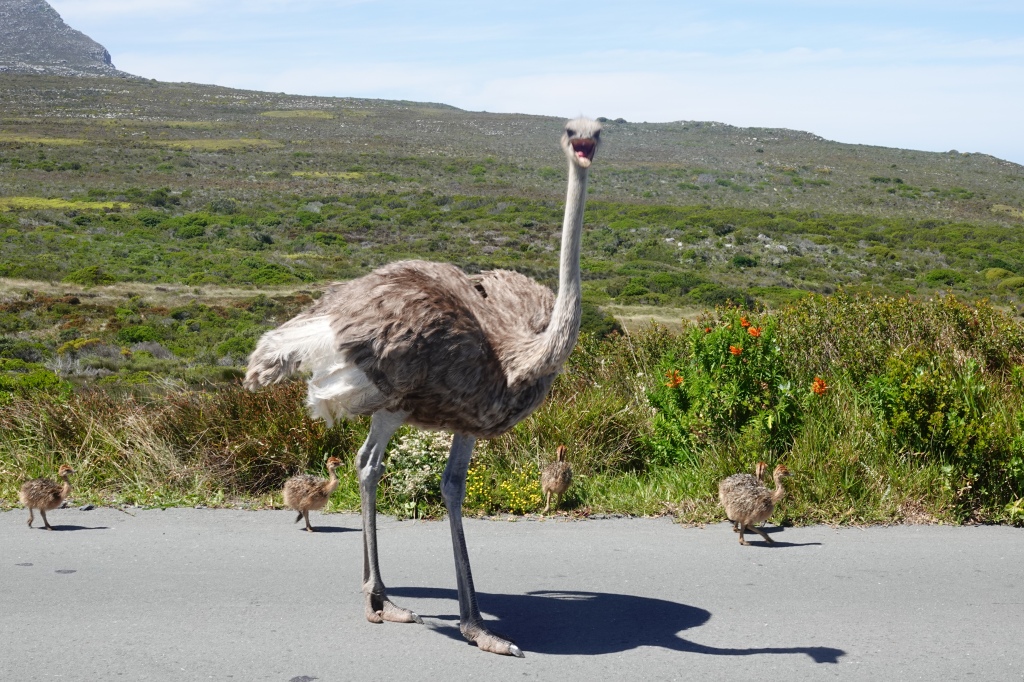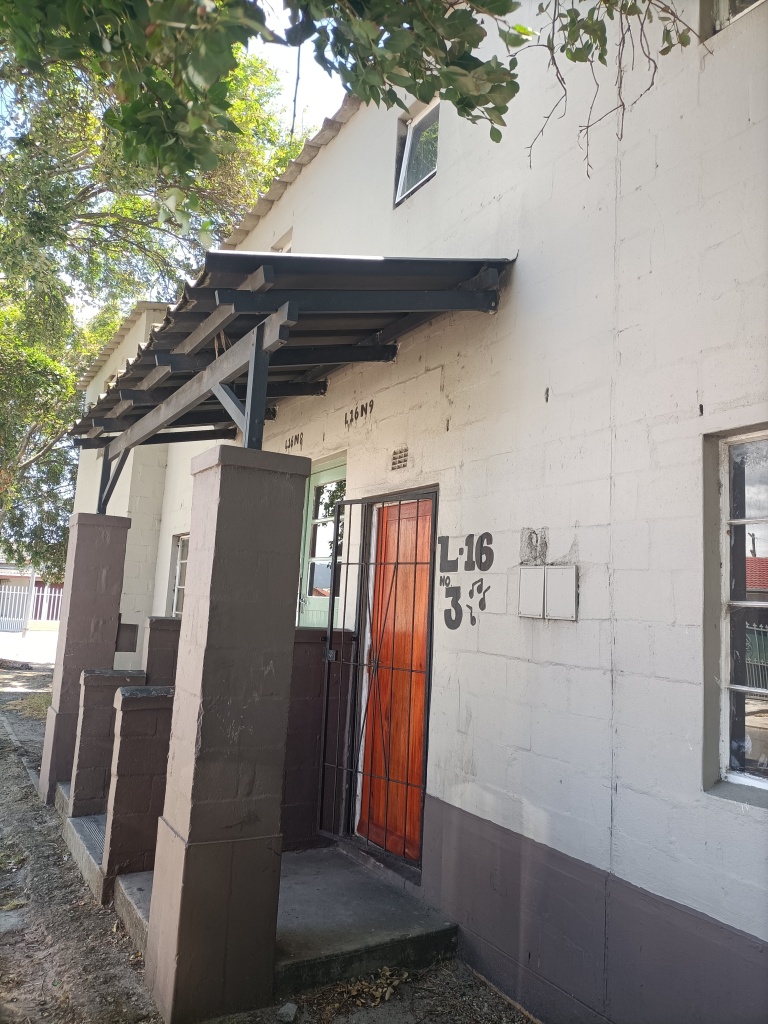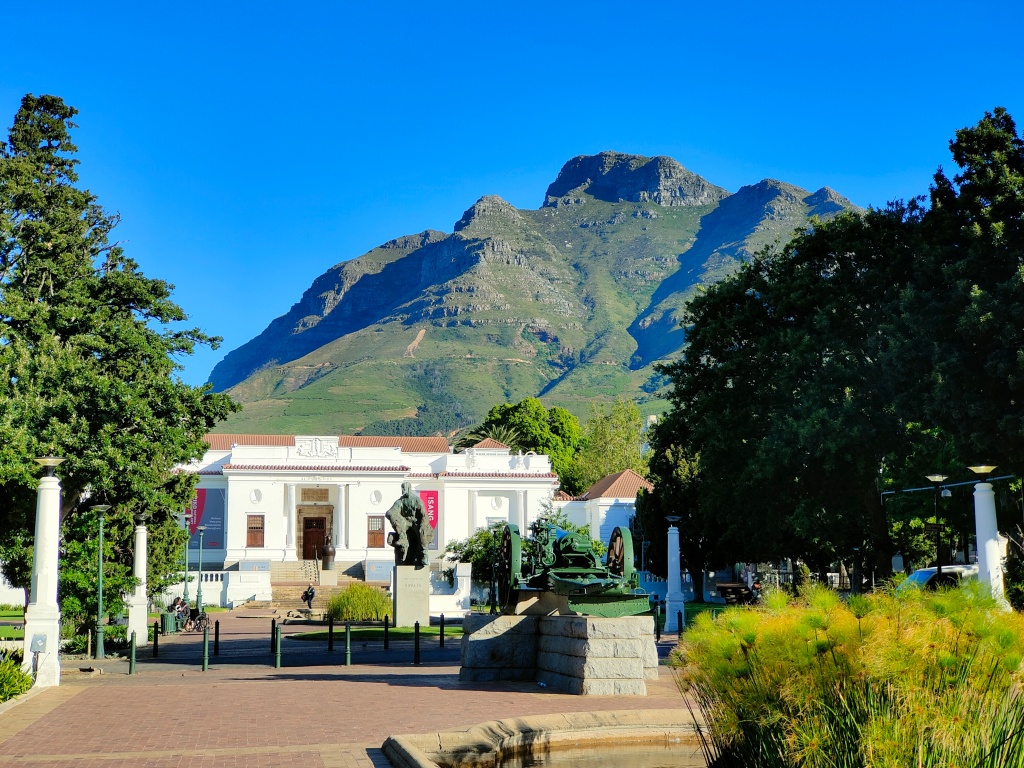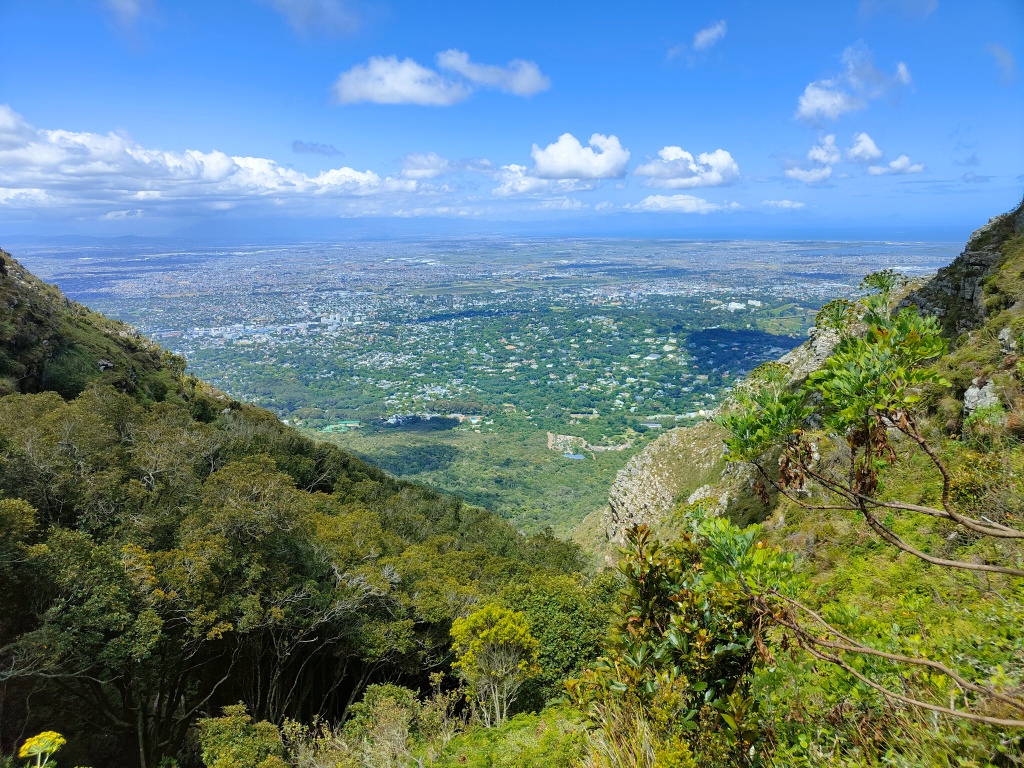After a couple of long days behind the steering wheel, today I took it very easy, enjoying my comfortable room, making one short trip to a neighbouring Berber town called Toujene…..


and strolling around my own village, which had an excellent café ……..

….and an interesting museum of Berber life. The Berbers – or Amazigh (“free men”) as they call themselves in Tunisia – were the original inhabitants of North Africa before settlement by the Phoenicians and then Romans, and the later invasion by the Arabs. The word “Berber” has a similar origin to “barbarian” and came from the Romans, to whose ears the incomprehensible Berber language sounded like “ba-ba-ba”.

The owner explained that his village had been carved out of a mountain, with the excavated rock layered on top to create more houses. Each house had a secret tunnel that connected to similar tunnels in all the other buildings, linked up to form an escape route that the villagers used if they were attacked (which seemed to have happened quite often). The villagers would emerge in a hidden place around 1km away and then seek to locate and steal the attackers’ horses – without which they would find it impossible to carry back any loot they had found. The owner showed me the entrance to his secret escape route and then explained that he had blocked it off with concrete, being worried about being burgled whilst he was away – anyone could find an entrance to the tunnel system through an abandoned property and gain access to his museum in this way.
I could probably have sat talking to the museum owner for hours, but it was now time for another big five course dinner, this time accompanied by white wine. It was a good way to spend my penultimate night in Tunisia.
My final day in Tunisia was spent on the long drive back to Tunis. There was some interesting desert scenery as I left Tamezret.

After a couple of hours I made one stop on the way to visit the magnificent Roman amphitheatre in El Jem.

This is the one of the biggest amphitheatres in the world and could seat up to 35,000 spectators (which must have been more than the population of the town it was built in). It was built around 238 AD by the local Roman official Gordian, who was later proclaimed emperor by the Senate (Gordian II) in an revolt against Maximinus Thrax, but was killed in battle 22 days later – making his “reign” the shortest in Roman history. His amphitheatre is also one of the best preserved, and it is still possible to walk up to the very top row of seats to get a spectacular view of the whole site.


From El Jem I made the rather dull two hour drive to Tunis along the motorway, arriving in the early evening. My flight back was early the next morning so I checked into a hotel near the airport and went off for one last dinner. I found a place guarded by bouncers, and entered to find a very busy bar/restaurant with a large TV screen. It was crowded with men, who were smoking, drinking and eating. A specialty of Tunisia seems to be ordering 12 beers in one go, which come in a large silver bucket filled with ice. Several of the restaurant’s guests appeared to have ordered one of these buckets for themselves. Alcohol is not very visible in Tunisia, but widely available if you know where to look, and apparently the country has one of the highest rates of beer consumption in the world.
I followed everyone’s example and indulged in a pint of the local beer, enjoying the jolly atmosphere. It was a good way to end my short trip around Tunisia. It had been a good break, with some interesting places to visit, if not maybe the world-class sights of my last few holidays in Egpyt, Poland and Namibia. In then end I had enjoyed some sunny weather, although it was cold in the evenings. I looked at the weather forecast for London – nine degrees and rain. Better order another beer!






















